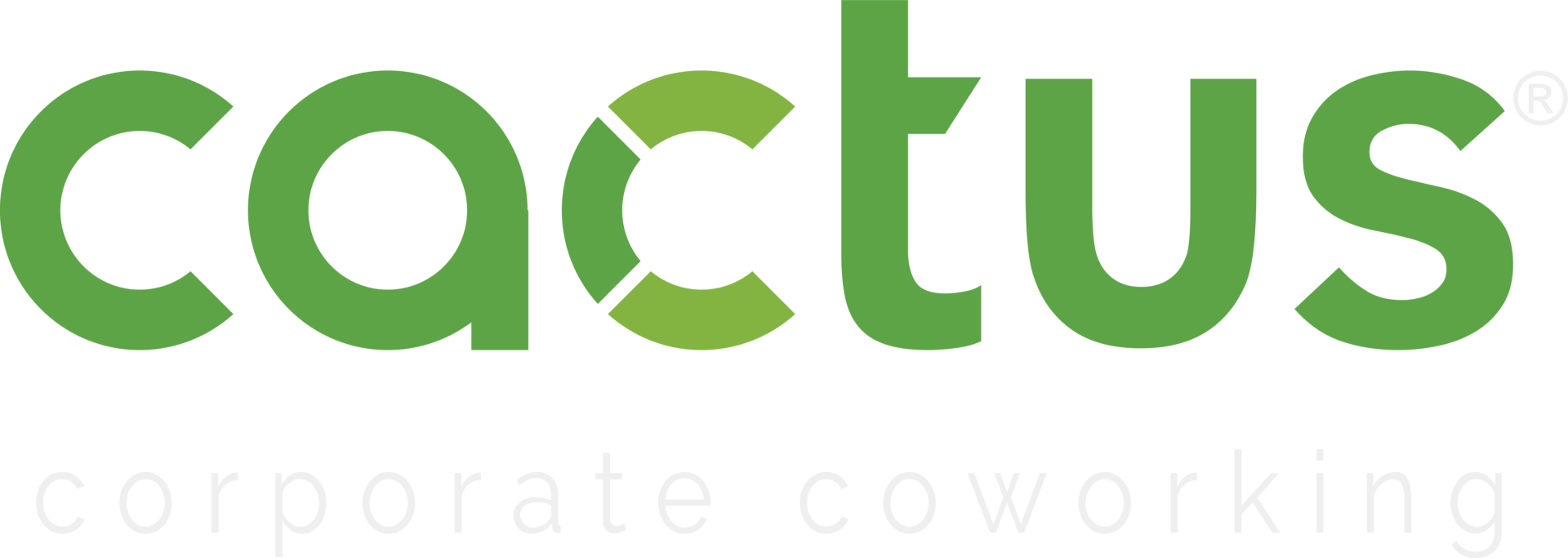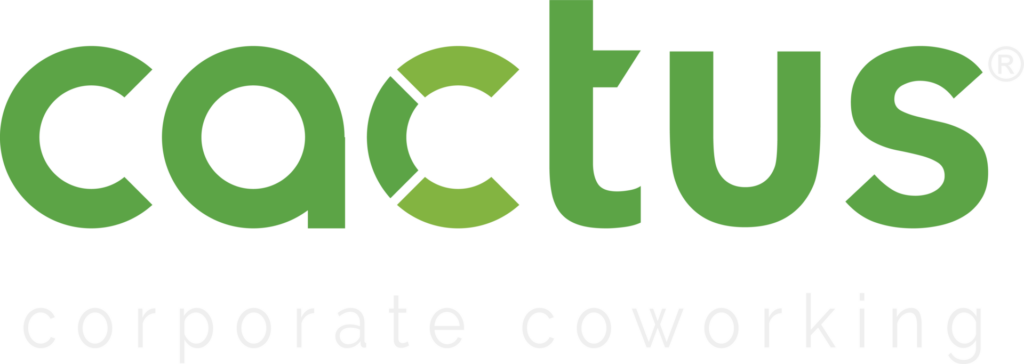In the past, companies often chose impressive buildings in business districts, signed long leases, and enjoyed the stability of a fixed address. This approach made sense when change happened slowly.
Today, rapid change makes long leases feel restrictive. Markets shift, teams grow or shrink, and industries can change direction quickly. Companies do not want to be stuck with office space that no longer suits their needs.
This is why co-working is no longer just for start-ups. It has become a practical option for many companies as part of their business strategy.
WHY CO-WORKING WORKS FOR BUSINESSES
Companies are adopting co-working as a major business strategy. They’re using it because it solves real estate problems in ways traditional leases can’t.
- Market entry: Rather than making a large investment to enter a new market, a company can set up a team in a co-working space, try out the market, and expand later if it proves successful.
- Rapid growth: Hiring a lot of new employees doesn’t have to mean overcrowding your office. Flexible space absorbs the extra headcount instantly.
- Core and flex: Many firms now run a permanent HQ but keep flexible space in reserve. It’s the safety valve that lets them adjust without waste.
- Swing space: The work doesn’t get affected when offices are being renovated or relocated. While the Teams can move into temporary co-working spaces and keep projects running smoothly.
- Hybrid hubs: People who work far from headquarters don’t need to travel long distances every day. Co-working locations nearby give them a convenient place to work a few days a week without losing connection to the team. They can visit the main office once in a while.
Project team consultants don’t need a permanent desk—co-working makes short-term staffing simple and flexible.
According to global business study in 2025, 7 out of 10 companies prefer flexible options over long-term leases during their expansion. Also in Asia-Pacific, a 2024 CBRE survey shows that hybrid work is now the key factor behind real estate changes.
India’s story is even more striking. Co-working has grown a lot in India’s biggest cities. Since 2019, it now makes up roughly one in four new office leases — almost twice as much as before.
A recent CBRE India report suggests that by 2026, nearly six out of ten companies plan to increase the amount of flexible office space they use.
It’s clear that flexible workspaces aren’t just a short-term trend — they’re becoming a key part of how companies plan their offices.
THE VALUE EQUATION
So what do companies actually gain by going flexible?
- Physical freedom: more or less space as the business evolves.
- Functional variety: rooms for brainstorming, booths for focus, and lounges for client chats — all under one roof.
- Financial control: instead of heavy upfront commitments, firms pay for what they use and no hidden or additional charges.
Traditional leases can’t provide that freedom and efficiency like the coworking spaces.
THE ROAD AHEAD
Having a big office in a good location was seen as a sign of success early. Companies were judged by how much space they had and the length of their leases. Today, things are different. Business needs fast changes, teams grow or shrink, and new opportunities arises anytime. So choosing office space isn’t just about the address it’s about being able to adopt to changes whenever needed.
For Indian companies, this shift is especially important. With government initiatives like Start-up India and Make in India encouraging innovation, the ability to move fast and scale smart isn’t a big matter .Flexible offices makes that possible and easy.
CONCLUSION
Whether a company is trying a new market or needs to scale up, flexible office spaces makes the process easier. Co-working is becoming an essential part in making businesses stay competitive in today’s unpredictable world.
At Cactus, we’ve seen how the right workspace can help companies make the most of uncertain situations. If you’re thinking about changing how your office works, co-working isn’t just a short-term trend, it can be an important part of your long-term growth plan.













